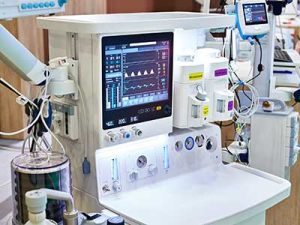Procedures
Having an anaesthetic
 Types of anaesthesia
Types of anaesthesia
Your anaesthetist will discuss the different types of anaesthesia with you. These include:
Spinal anaesthesia
- anaesthetic drug will be given through a needle in your back which will make your legs numb you will be offered to have a drug to be unconscious through the procedure (sedation)
- you may briefly wake up during the noisy parts of the procedure after the operation, you will be taken to the recovery room where a member of staff will be with you at all times. When they are satisfied that you have recovered safely from your anaesthetic you will be taken back to the ward.
Combination of general and spinal anaesthesia
- You may have a combination of the above two types of anaesthesia.
Anaesthetists
Anaesthetists are doctors with specialist training who –
- are responsible for giving your anaesthetic and for your wellbeing and safety throughout your surgery
- discuss types of anaesthesia with you and find out what you would like, help you make choices
- discuss the risk of anaesthesia with you
- agree a plan with you for your anaesthetic and pain control
- manage any blood transfusions you may need
- plan your care, if needed, in the intensive case unit
- make your experience as calm and pain free as possible
